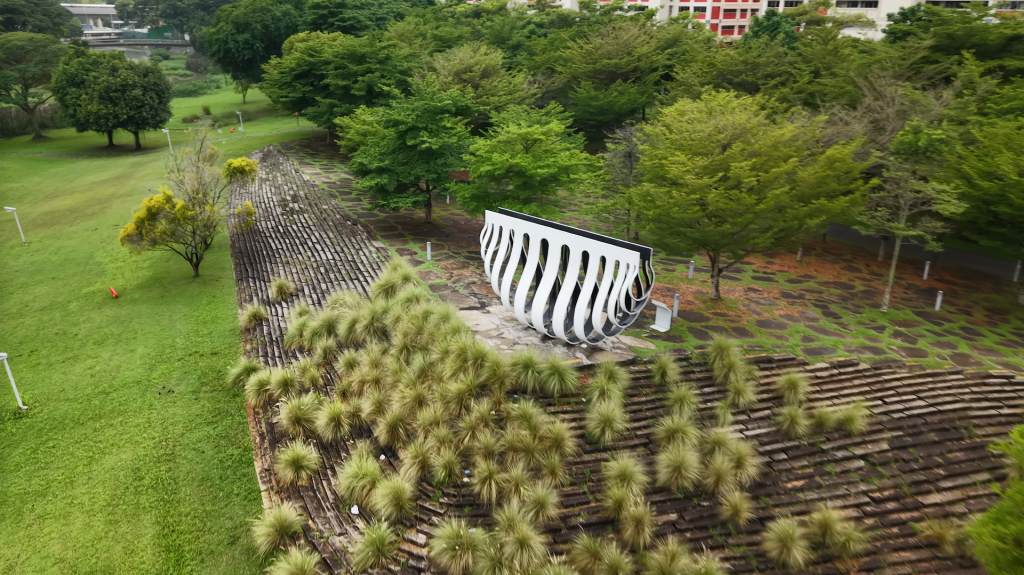The DJI Air 3S soars into the spotlight with more than just a familiar face.
While at first glance it might look like the Air 3’s doppelgänger (sharing its folding design, similar specs, and battery life) this new model flexes its muscles in all the right places.
A larger sensor for its wide-angle camera, advanced obstacle detection powered by LiDAR, and better low-light performance make the Air 3S a significant step up.
But does it fly high enough to justify its slightly heftier price tag?
two cameras, double the fun.

The Air 3S’s headline act is its dual-camera setup. DJI has taken the wide-angle and medium-telephoto pairing from the Air 3 and given the wide-angle camera a larger 1-inch CMOS sensor.
This translates to sharper images, better detail, and significantly improved low-light performance.

The telephoto lens, with its 70mm equivalent, opens up creative possibilities. Whether you’re compressing perspectives for a dramatic landscape or keeping a safe distance while filming wildlife, it’s a fantastic addition.
video and photo powerhouse.

The DJI Air 3S doesn’t hold back when it comes to video. Both cameras capture 4K footage at up to 60fps, with slow-motion options at 120fps, and even FHD at a whopping 240fps.
For TikTok fans, vertical 2.7K shooting is also on the menu. Color grading is a treat, thanks to 10-bit recording in D-Log M or HLG modes.

Photos are equally solid. The wide-angle shoots at 12MP or 50MP, while the telephoto delivers at 12MP or 48MP. The raw DNG format is a boon for editing enthusiasts who want every ounce of detail.
a flying fortress.

At 724g, the DJI Air 3S isn’t light, but it’s built to last. Its robust construction stands firm against gusts up to 41km/h, and the IP-rated LiDAR sensors elevate obstacle detection to a whole new level, especially at night.

Flying the Air 3S is as smooth as silk. With three flight modes (Normal, Cine, and Sport) it caters to a variety of styles.
DJI’s O4 video transmission system ensures a clear live feed up to 20km (theoretically, of course; local laws keep it within visual range).
robust battery life.

Battery anxiety? What’s that?
The DJI Air 3S boasts up to 45 minutes of flight time per battery, though wind and conditions might shave that down. The Fly More Combo, which includes three batteries and a charging hub, is a lifesaver for longer sessions.
The hub even lets you consolidate power from half-spent batteries into one fully charged unit, a small but brilliant touch.
regulations and realities.
Here’s where the Air 3S might clip your wings. Its take-off weight pushes it into a heavier regulatory category. In Singapore, that means registering with the CAAS. Come 2025, you will also need to install a Broadcast Remote Identification (B-RID) in order to fly legally.
If casual, no-fuss flying is your vibe, consider the sub-250g DJI Neo instead.
should you still consider the DJI Air 3S?

Even with its weight restrictions, the DJI Air 3S is still a brilliant drone, aimed at the hardcore enthusiast or casual commerical drone pilot.
Get it if you want dual-camera versatility, or if battery life is a priority. Plus, you’ll get near-Mavic 3 Pro performance at a fraction of the price.
On the other hand, skip it if you’re a casual flier or if you already own the Air 3. Unless you’re chasing better low-light performance, the upgrades here might not be worth the jump.
Liked this? Check out more articles on Futr tech here.






